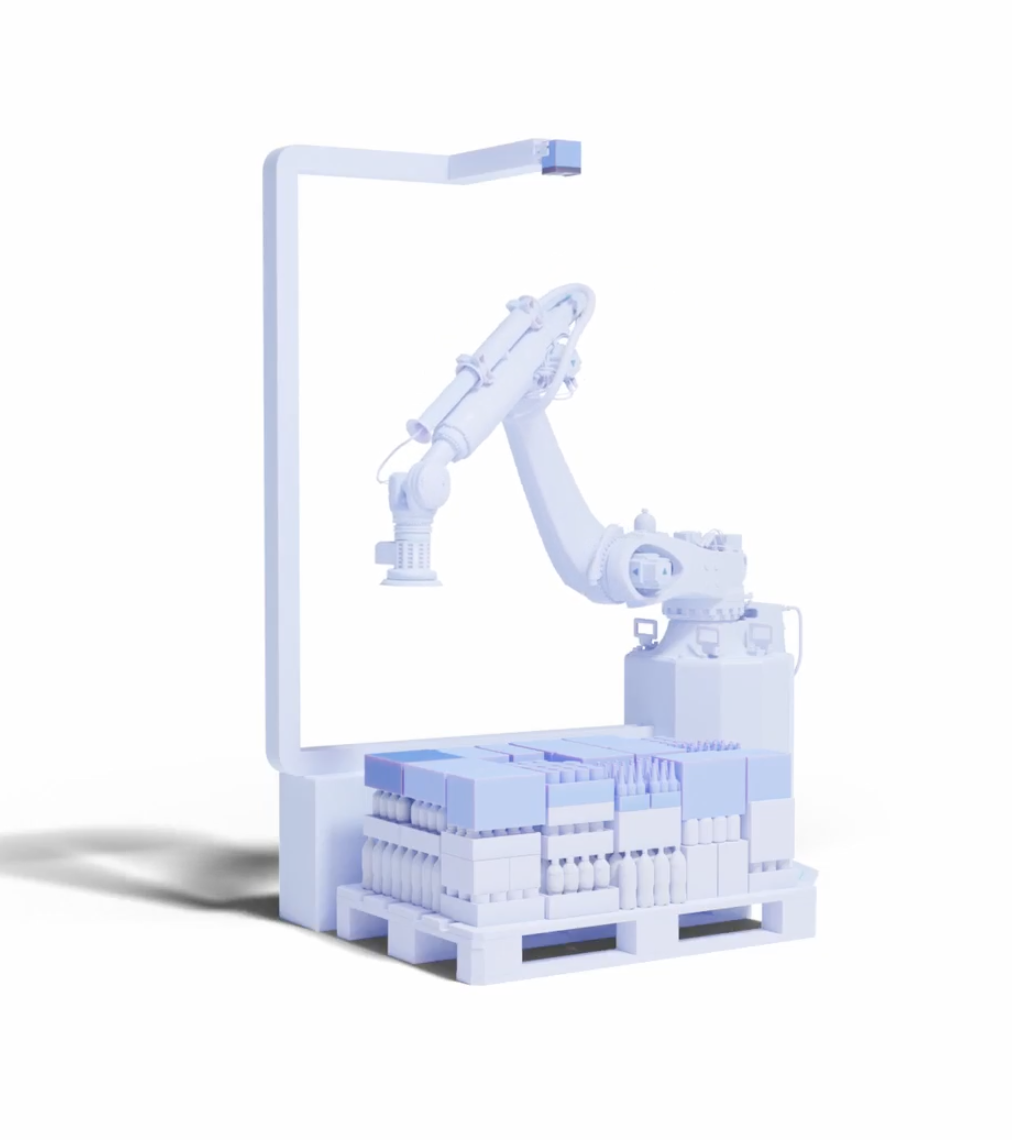
In today’s logistics and production environments, depalletizing is often still handled manually, even though the task is repetitive, physically demanding, and prone to human error. While automation has revolutionized many industrial processes, manual depalletizing remains widespread. However, when examining the return on investment, the benefits of automation become clear. Based on our experience from one of our projects, this article presents a detailed real cost comparison and outlines why an investment into automated depalletizing is worth it in the long run.
In a typical manual setup, two employees are needed to handle approximately 200 packages per hour. With an hourly wage of 22.73 euros per worker, the total labor cost adds up to 45.46 euros per hour. This results in a cost of 0.23 euros per package.
These direct labor costs are only part of the picture. Manual depalletizing also brings hidden costs related to fatigue, absenteeism, injuries, training requirements, and productivity fluctuations. The task can be monotonous and physically demanding, which increases the risk of inconsistent performance or even workplace accidents. In addition, companies often face difficulties in recruiting and retaining workers for such roles, especially during labor shortages or seasonal peaks. Learn more about this here (link Workforce Fatigue Article).
A robotic depalletizing system can process around 300 packages per hour. Taking into account the total operational costs, including investment depreciation, energy usage, software licenses, maintenance, and consumables, the system costs approximately 15.00 euros per hour to operate. This results in a per-package cost of just 0.05 euros.
Unlike human workers, robots can operate consistently across multiple shifts, require no breaks, and deliver highly predictable results. In fast-paced industries such as food processing, agriculture, and chemical logistics, this reliability is essential. Automated systems can also be integrated seamlessly into existing conveyor or packaging lines, enabling smoother, more efficient workflows with fewer disruptions.
The difference in cost is significant. Automated depalletizing reduces the cost per package by 0.18 euros. This corresponds to a reduction of roughly 78 percent compared to manual handling. On a large scale, this translates into substantial savings. For example, in a facility handling 100,000 packages per month, the cost savings would exceed 18,000 euros every month.
Let’s summarize the core figures:
These numbers clearly illustrate the financial benefit of investing in automation, especially for companies dealing with high throughput and recurring labor costs.
Automated depalletizing is not just a cost-saving measure. It is a strategic investment in efficiency, scalability, and long-term resilience. By switching to a robotic system, companies can reduce their dependence on manual labor, mitigate operational risks, and unlock new productivity potential. The economic advantage becomes particularly clear when labor costs are high or when production needs to run continuously without bottlenecks.
At Data Spree, we provide tailored, vision-based automation solutions for handling a wide variety of bagged and packaged goods. Our systems use advanced 3D vision, artificial intelligence, and intelligent gripping tools to ensure safe and precise material handling, even under challenging conditions.
If you're looking to improve efficiency and reduce costs in your logistics operation, automated depalletizing is a good place to start. Contact us here to get a free consultation!